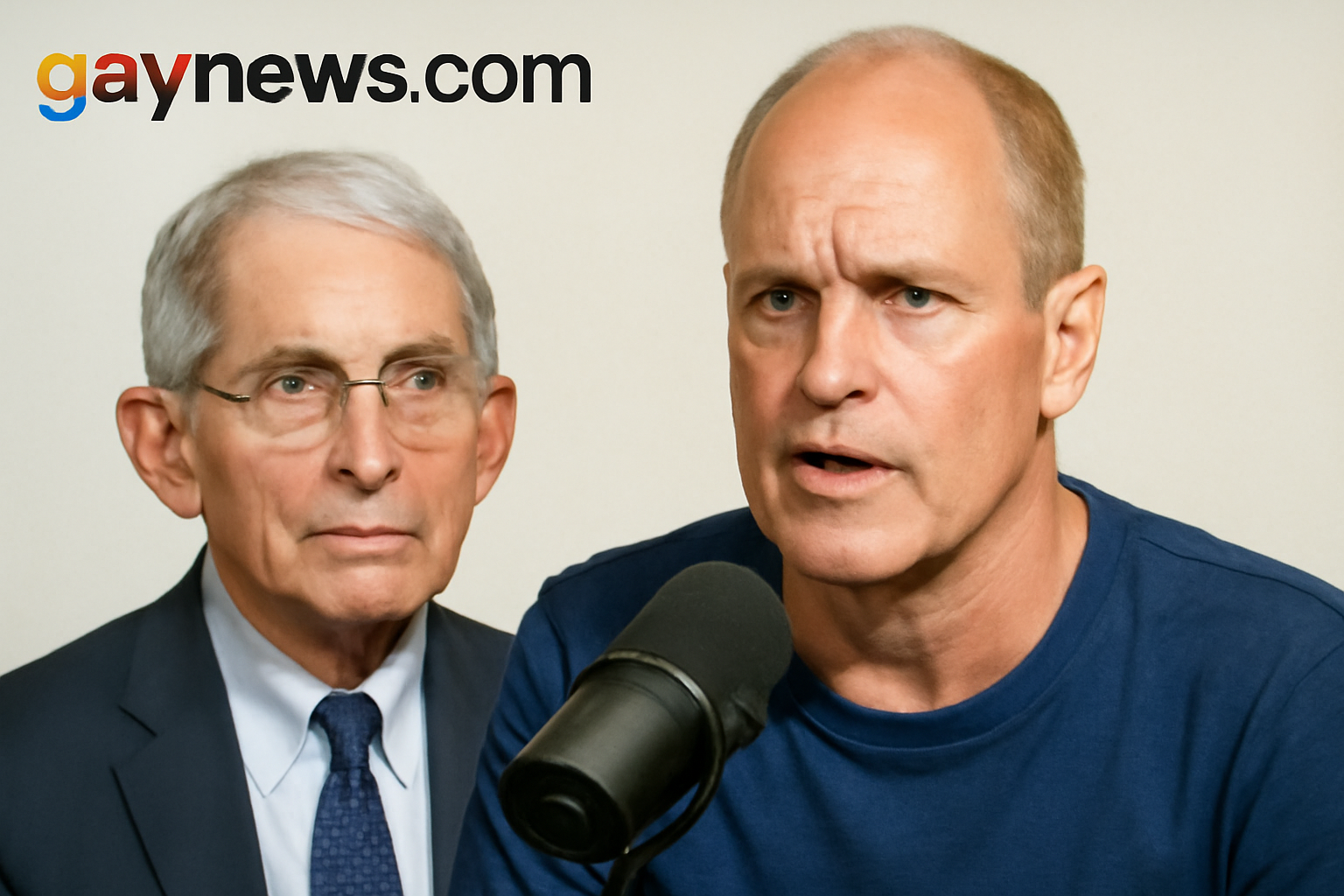
Understanding AZT's role in HIV/AIDS treatment
AZT was truly a milestone in HIV/AIDS treatment history. As soon as it got FDA approval, it became a beacon in our collective battle against this devastating epidemic. Was it a cure-all? No. But it did slow down HIV, giving people more time, which was everything back then. The stats didn't lie: a 1989 study revealed that AIDS patients taking AZT had a median survival rate that was 4.5 times longer than those who didn't. Back in a time when hope was scarce, AZT brought a sliver back.Harrelson's controversial take
Despite all that, Harrelson was not having it. He labeled AZT as "highly toxic and really ineffective," even claiming, "That killed friends." To him, AZT wasn't helpful; it was harmful. He argued, "AZT was very toxic, and they finally had it yanked. Now they use different chemical cocktails, but Fauci did some extraordinarily evil things." Harrelson wasn't alone in his critique; he found an ally in Robert F. Kennedy Jr., whom he praised as "heroic" and someone who truly "cares deeply." Dr. Fauci, leading NIAID from 1984 until very recently, had a front-row seat—and more often than not, a hand on deck—during America‘s fight against HIV/AIDS. While AZT had its fair share (or maybe more) in terms side effects, many credit it as a life-saving bridge that led us from early treatments toward today's more advanced therapies.The impact misinformation has on public health
Harrelson's take on AZT and Dr. Fauci doesn't exist in a vacuum; it's tied up with a broader network riddled with conspiracy theories that Harrelson has been part and parcel with, especially concerning COVID-19. This kindling pile easily ignites public distrust, leading down potentially risky roads when it comes from both historic and ongoing public health matters. Looking back at how we've tackled HIV/AIDS, we've got a myriad decisions made in limited lights. The debate over AZT didn't happen in isolation; it was part momentum, part movement. But it paved paths, leading us eventually toward HAART in mid-1990s that truly transformed life expectancies.Moving forward: engaging in informed dialogue
Today, many from LGBTQ+ communities still grapple with barriers around healthcare and stigma—stark reminders that when we tackle issues like these, we need empathy and understanding. Harrelson's words might spark some heated talks, but it's grounding them in rock-solid facts and historical accuracy that keeps dialogue productive. In this torrent age where misinformation whirls at breakneck speeds, it falls on public figures—and those who print their words—to encourage informed, meaningful exchanges. As we look back at how treatments like AZT shaped our strategies, it underscores why scientific exploration and data-driven public health response matter so much. We're here cheering everyone—especially our community—to dive deep, stay woke, and keep tabs on big issues. For more insights on how these affect LGBTQ+ lives, subscribe and stay part in these conversations. Our journey toward equality and health continues.Related Posts
Jojo Siwa Shares Insightful Exchange with Mickey Rourke on "Celebrity Big Brother"
Jojo Siwa, a dynamic performer and passionate advocate for LGBTQ+ youth, recently revealed an insightful conversation she had with actor Mickey Rourke while filming "Celebrity Big Brother." Although this exchange didn't air, it underscores the critical role of empathy and understanding in addressing complex social issues. In this article, we explore Siwa's experience and the profound dialogue she [...]
Funding for Menstrual Health Initiative Withdrawn Due to Inclusive Language
A heated debate has broken out after a grant, intended originally as support, was taken back from a menstrual health initiative. Why? It turns out their proposal included language acknowledging trans men and non-binary folks. This move has ignited discussions far and wide about inclusivity and what kind obligations funders have toward diverse communities. A closer look at what this grant was all [...]
Colombia Takes Steps Towards Equality for Trans People
**Colombia Takes a Major Step Forward in LGBTQ Rights** In an inspiring breakthrough, Colombia's First Commission in its House has given a nod, during its initial debate, towards Bill 122, better known as The Comprehensive Trans Law. This isn't just any bill — it's a game-changer, setting out a roadmap toward genuine equality and recognition across Colombia. With support from over a hundred soc [...]